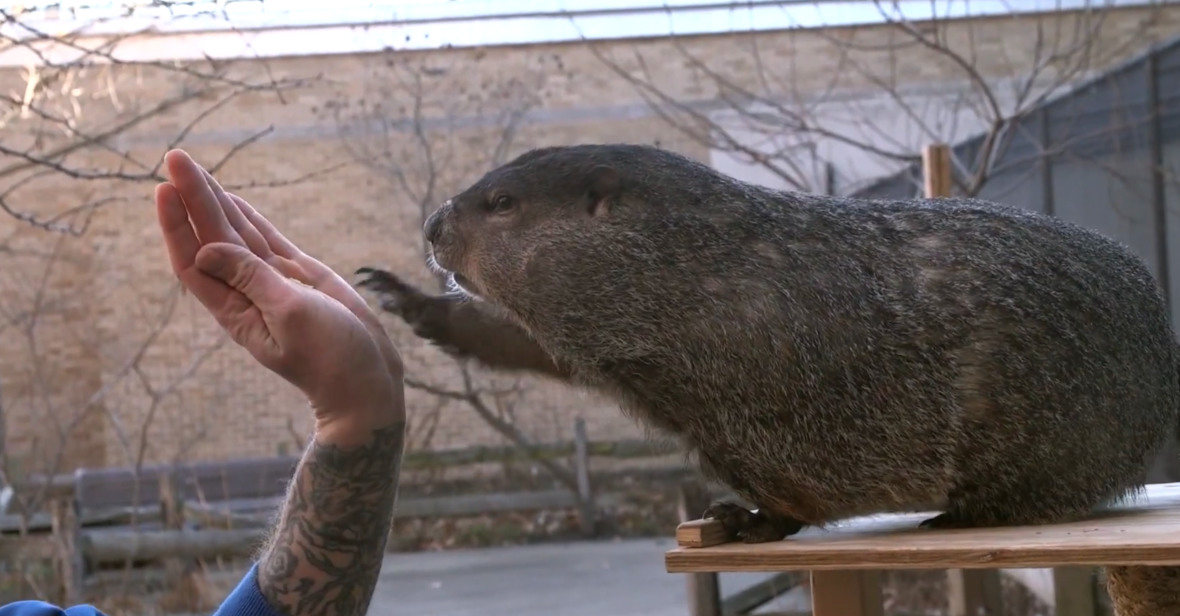- info@SaintLouisanimalattic.com
Call 24/7 for a free quote:
636-486-4888
How Big Can Groundhogs Get
Groundhogs are popularly known as woodchucks. They are large rodents that thrive in the residential communities. Woodchucks belong to the family of squirrels; in fact, they are known to be the biggest member of the group. Most people think of this creature as a weather predictor. However, the accuracy of their prediction is only around 39% based on the study. Groundhogs, with their digging habit can cause significant amount of damage. They can create a burrow where they can rest but in the process of constructing their burrow, they can damage our lawn and structure. The size of the burrow will help you determine the size of the groundhog.

The Average Size of Groundhog
From the rump to the head of the Missouri groundhog, it will measure at around 17-24 inches in length based on the article of National Geographic. They have an average weight of 6 kilograms which is 2 times the weight of a newborn baby. Just like the other parts of the squirrel’s family, Saint Louis groundhogs also have tail that can grow up to 9.75 inches.
Due to frame of its body, the woodchucks will appear like a little bear when it is standing on its hind legs. They are equipped with sharp claws that can be used when digging their den. When its warm, the incisor of this animal will grow at an average of 1.6mm per week. This will guarantee the creature that they will be armed with formidable teeth that can satiate their hunger.
Availability of Food Contributes to Their Growth
If there is an abundant supply of food in the area, there is a high possibility that the animal will reach its maximum growth. It should contain high amount of protein that will encourage muscle and bone growth. They may also eat a food that is high in fat that will increase their body mass. Groundhogs can thrive in an area that has high number of alfalfa and grass. During the warmer temperature, the groundhog will appear to be stocky. They will have to build up their body fats to guarantee that they will be able to survive during the winter.
What to Do with the Woodchucks
The Saint Louis groundhogs will usually eat the vegetable in our garden and our yard can cause a significant damage from their presence. Their burrowing system has been regarded as a primary issue on the agricultural settings since the machines can be damaged once they cross the mound. In order to solve your problem, you will have to evict or exclude them from your house. Simple harassment or hazing will encourage them to leave their burrows. Once they leave the hole, fill it up with stones before you cover it with dirt. This will make it difficult for the animal to dig their burrow once more.
When excluding or evicting the animal, you need to pay attention to the timing. Avoid using this method during the nesting season since the baby chucks can be trapped inside. Test the burrow for any signs of activities first.
Visit our Saint Louis wildlife trapping home page to learn more about us.

